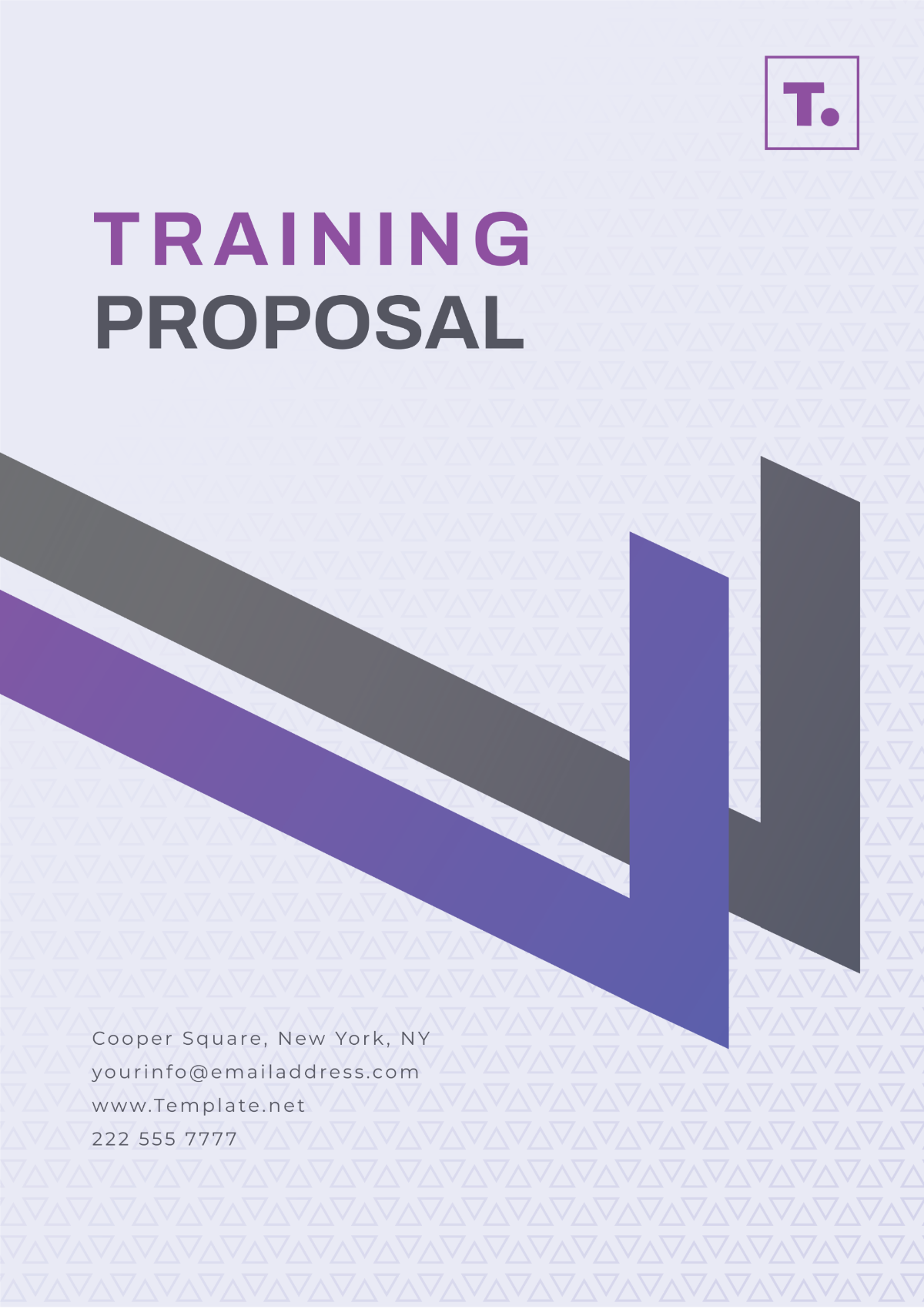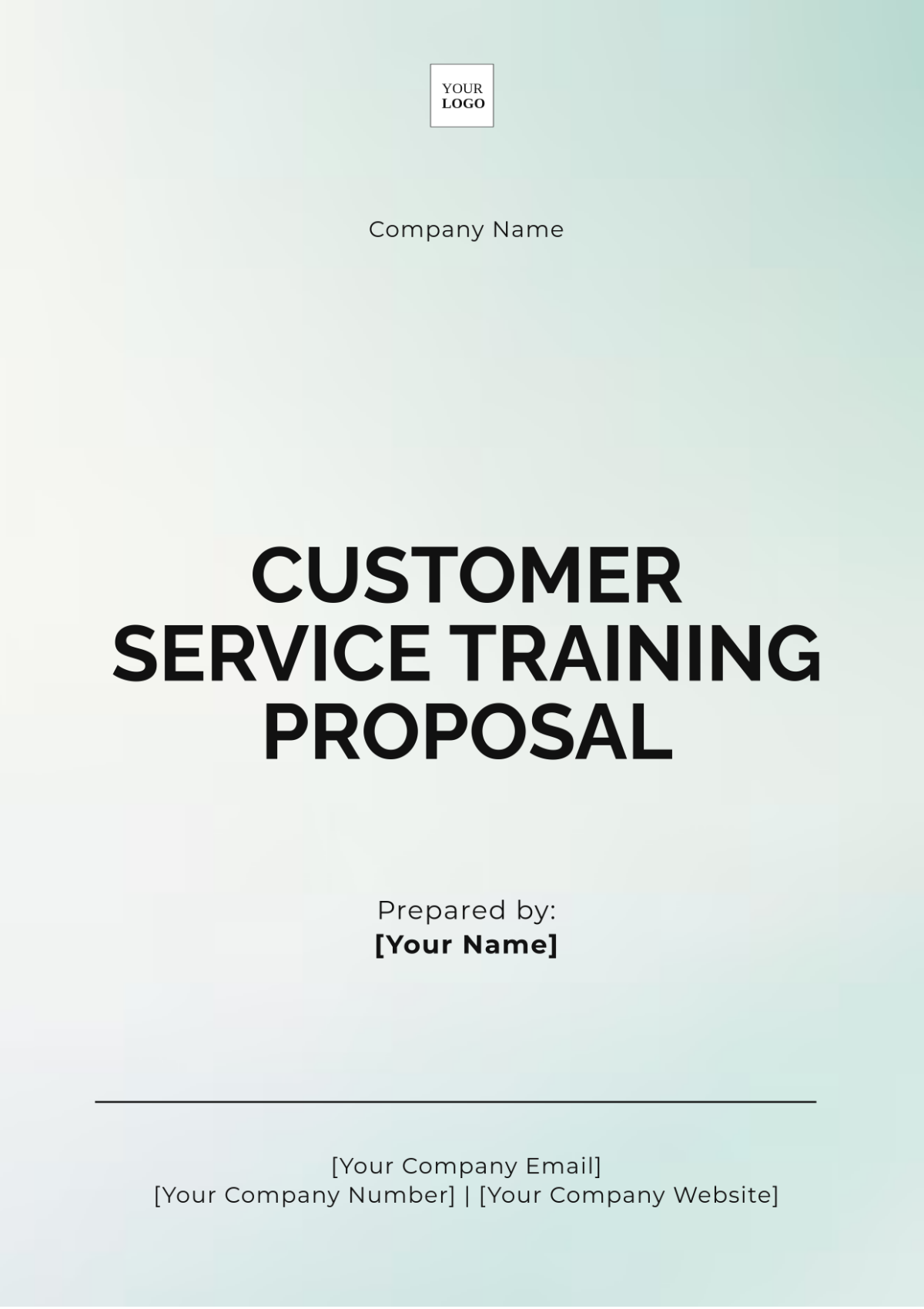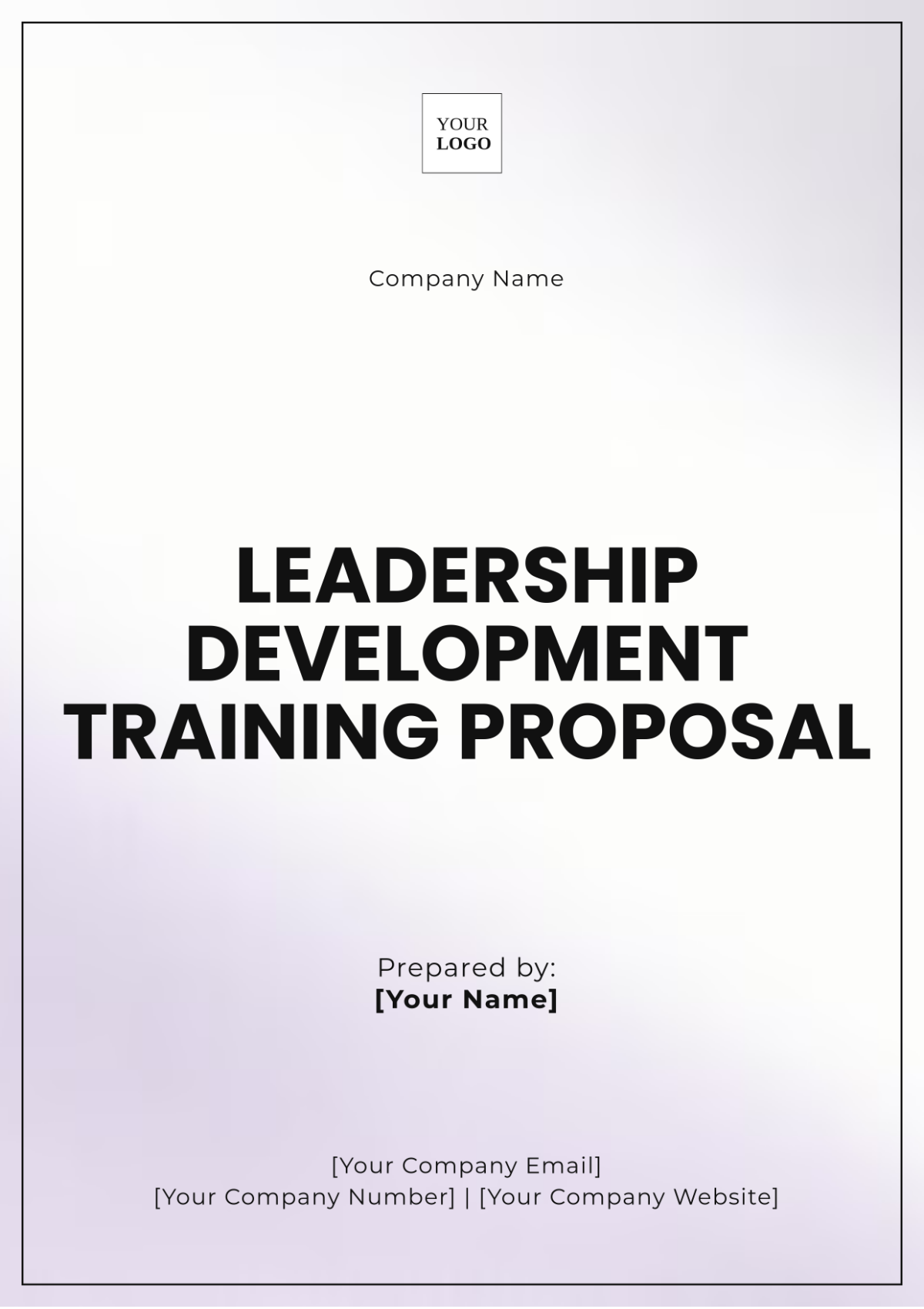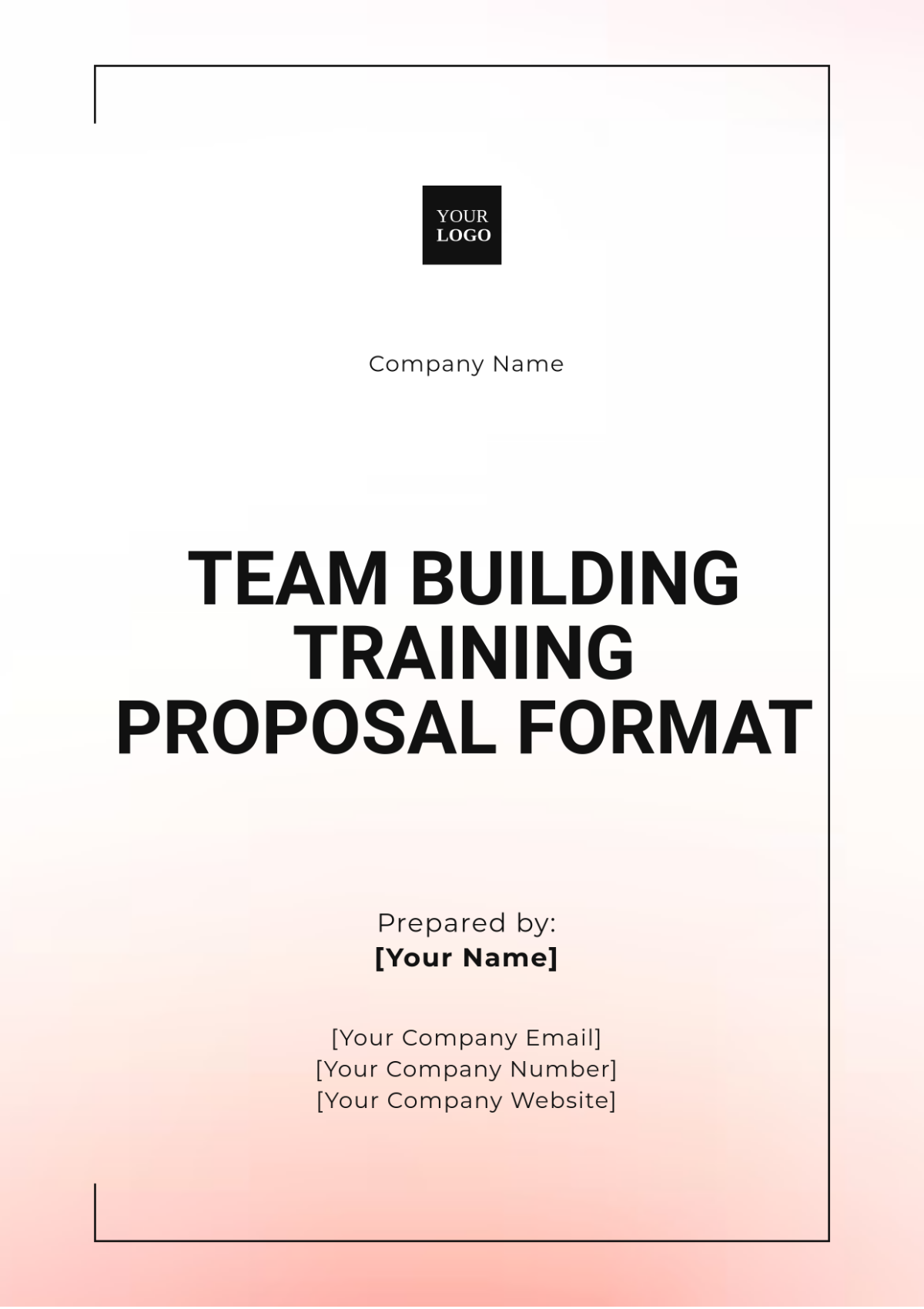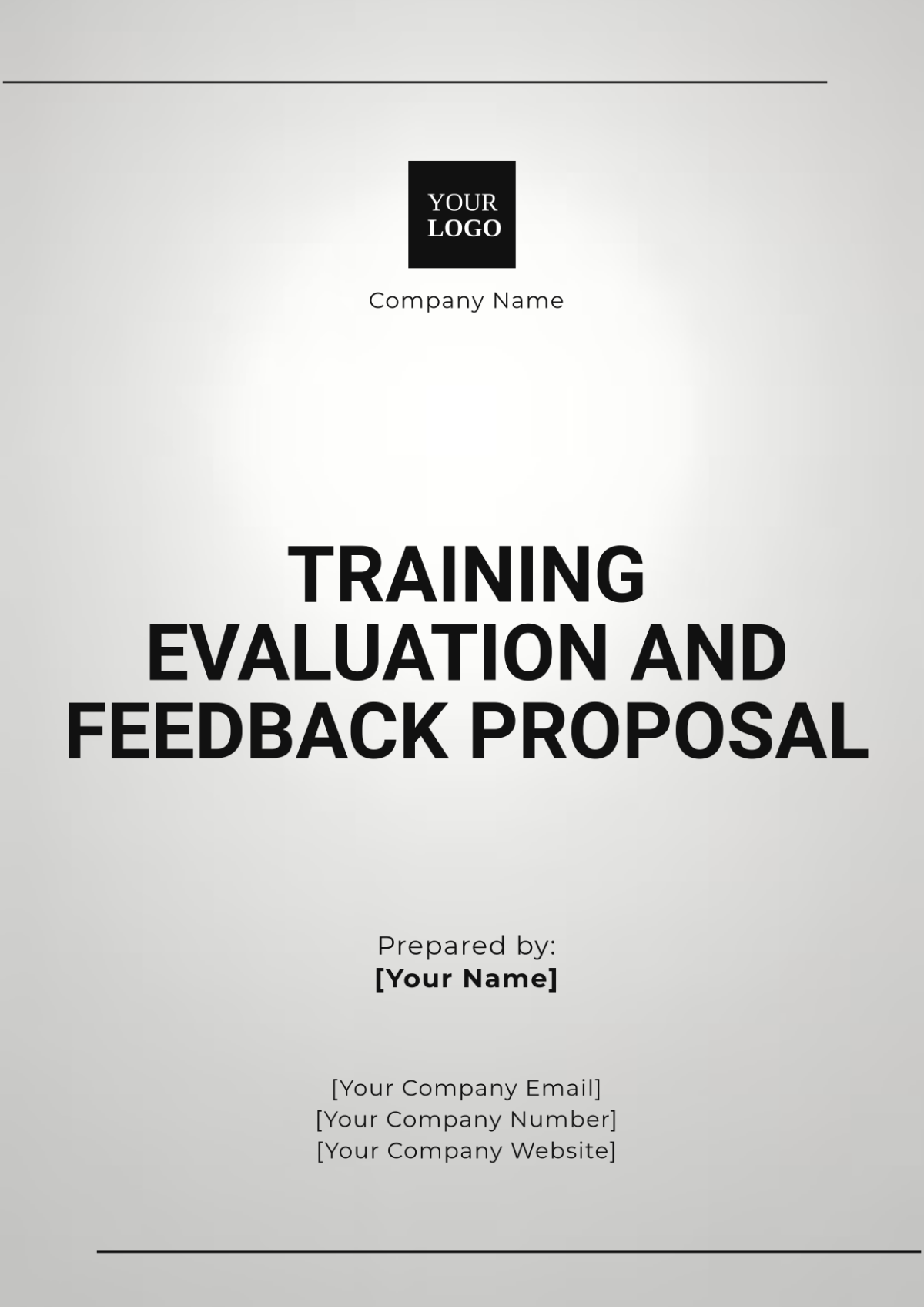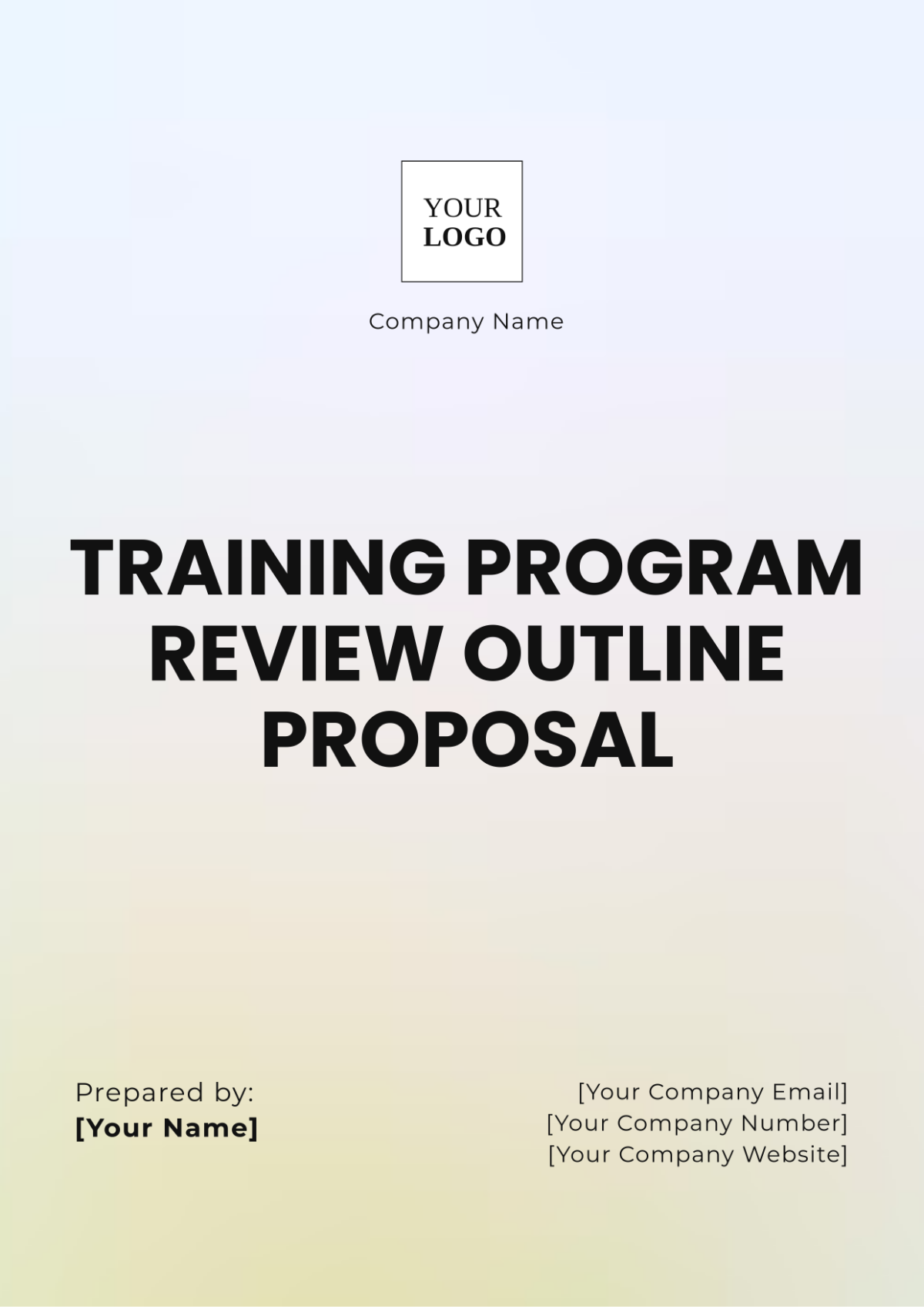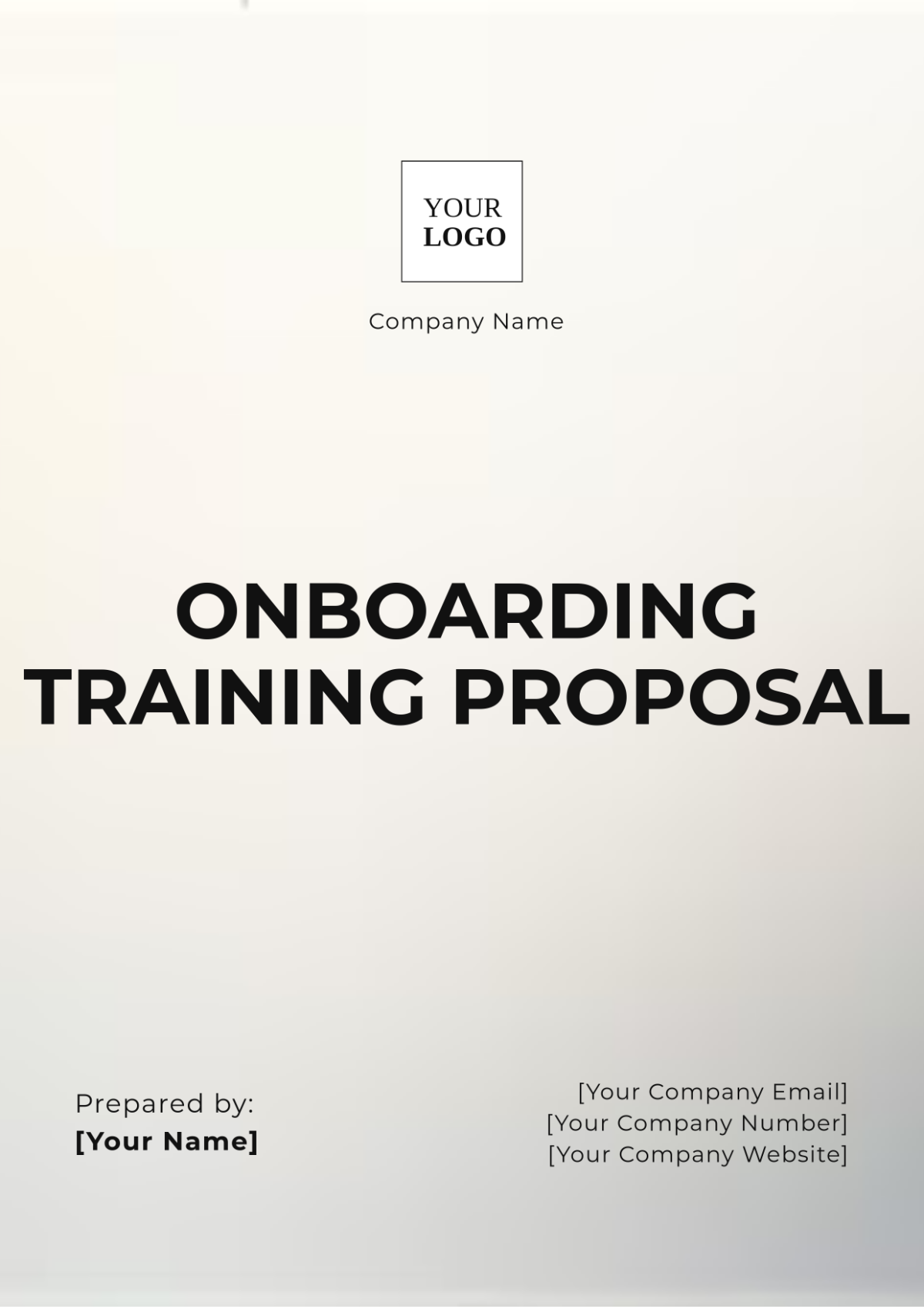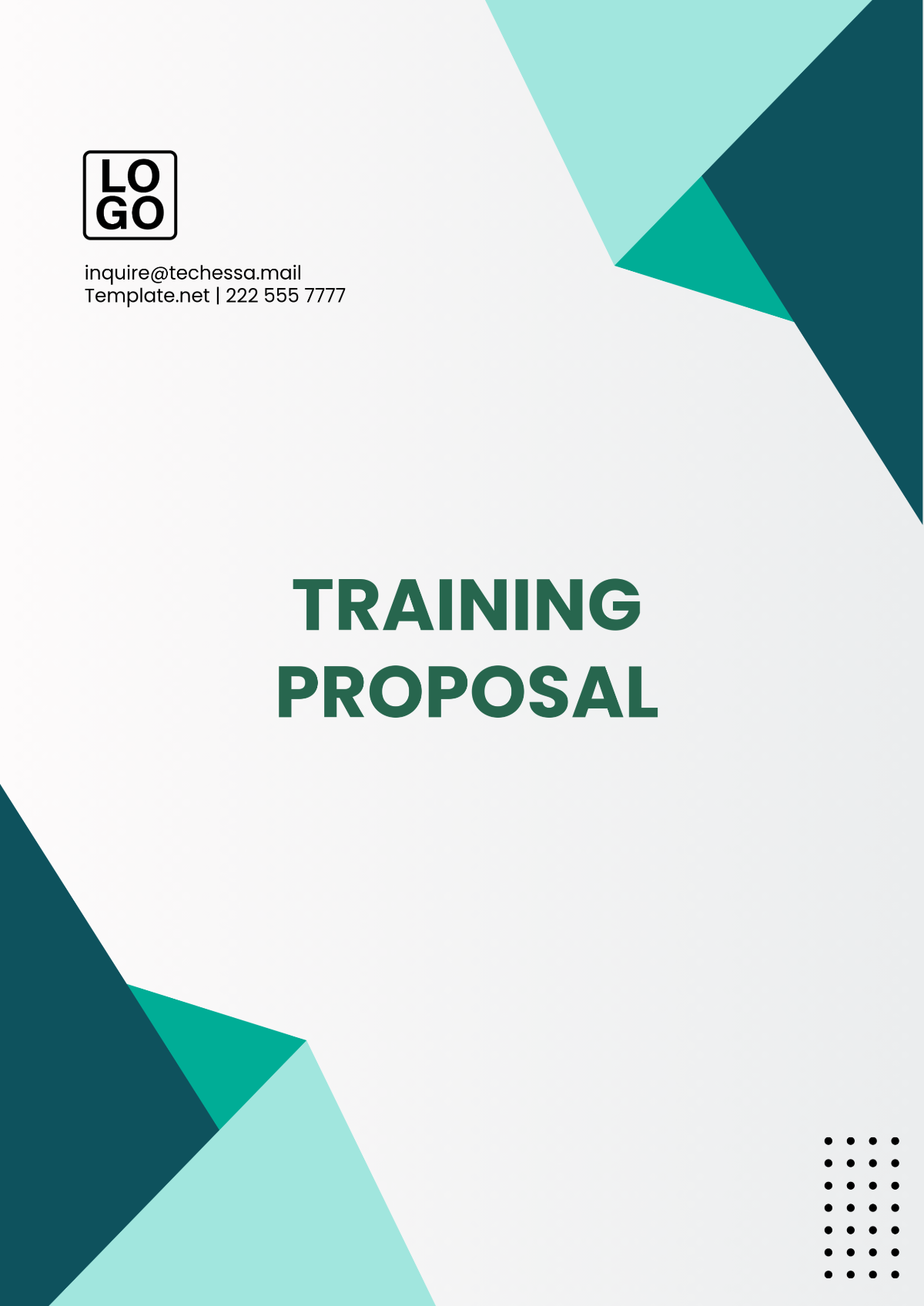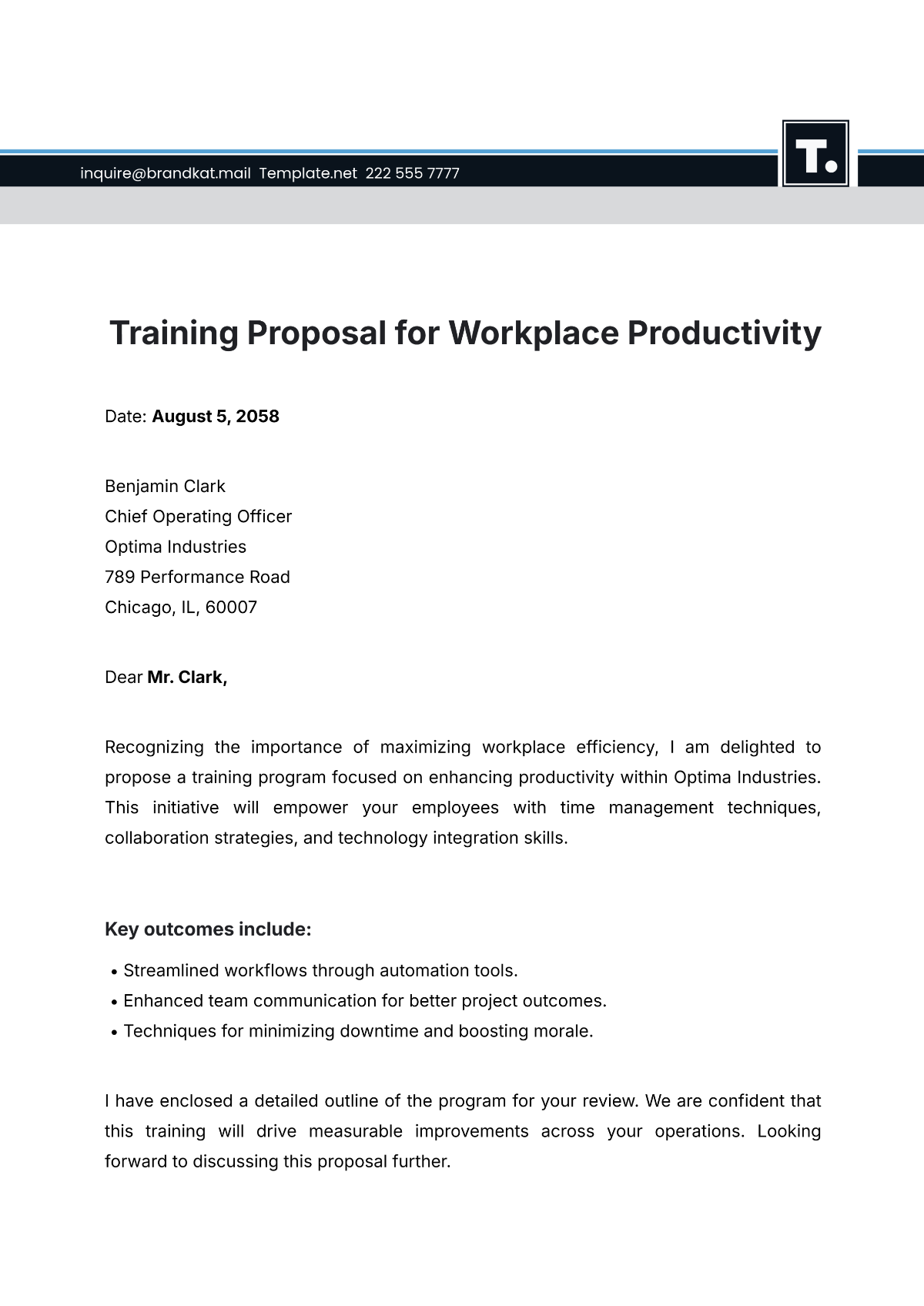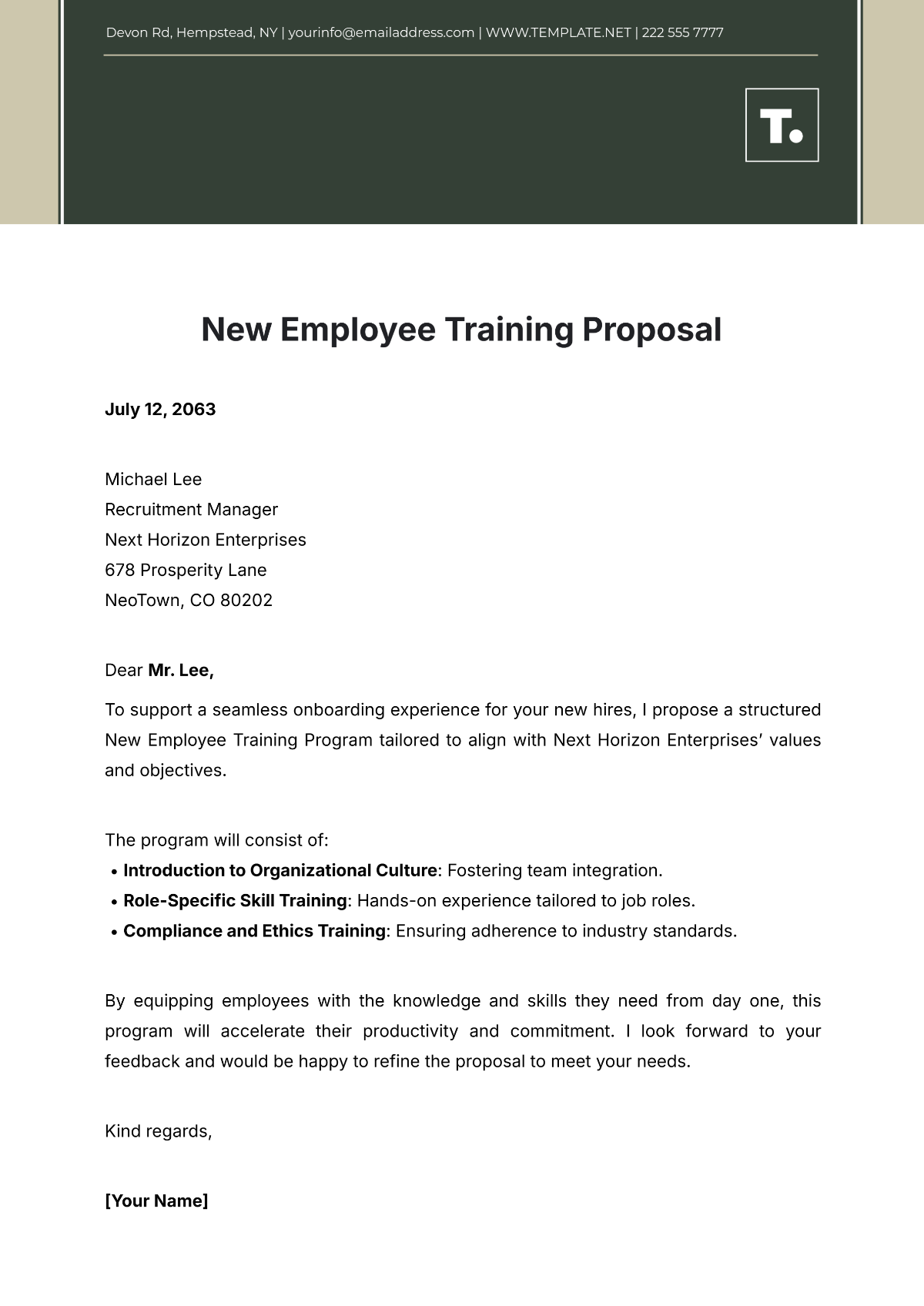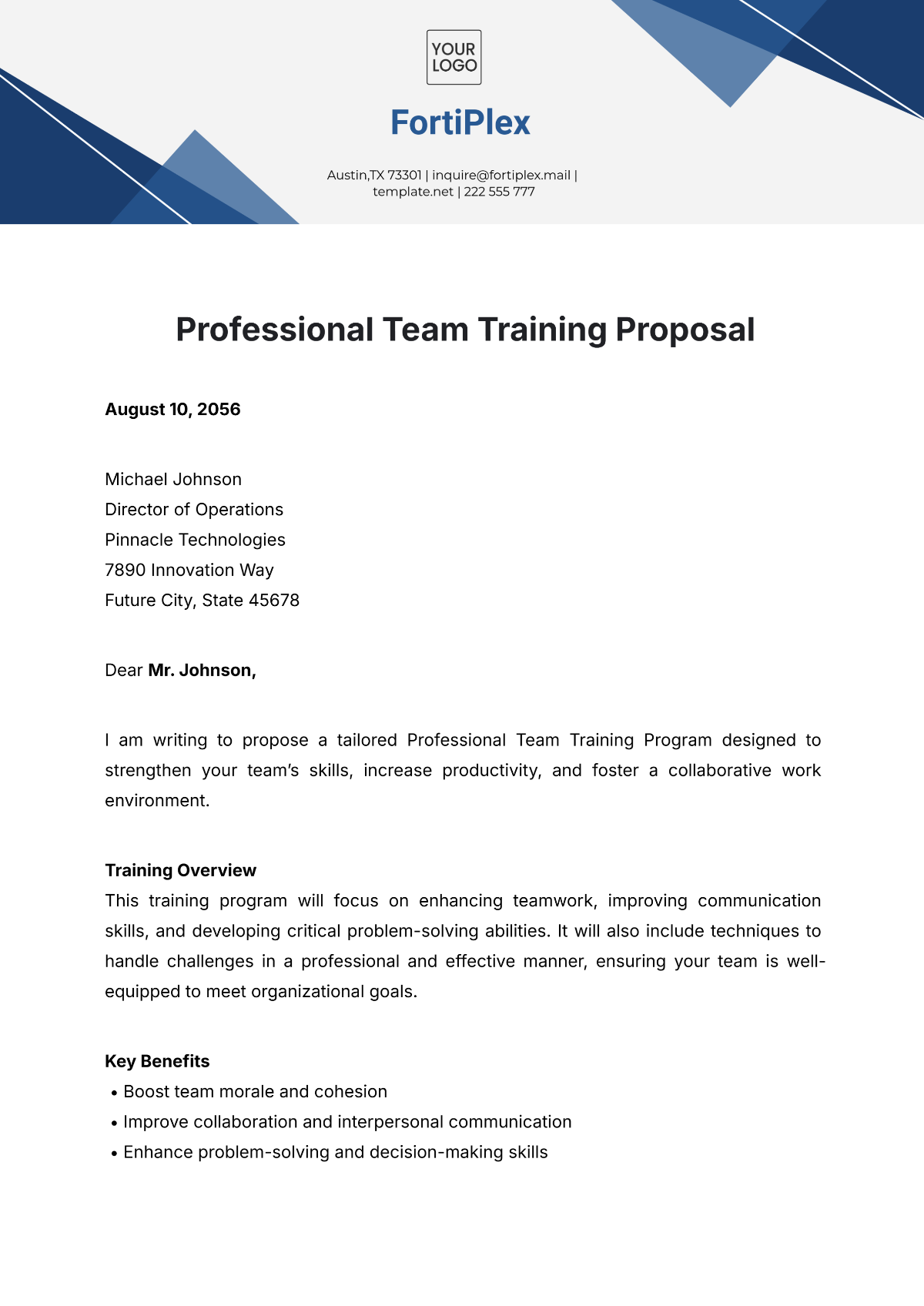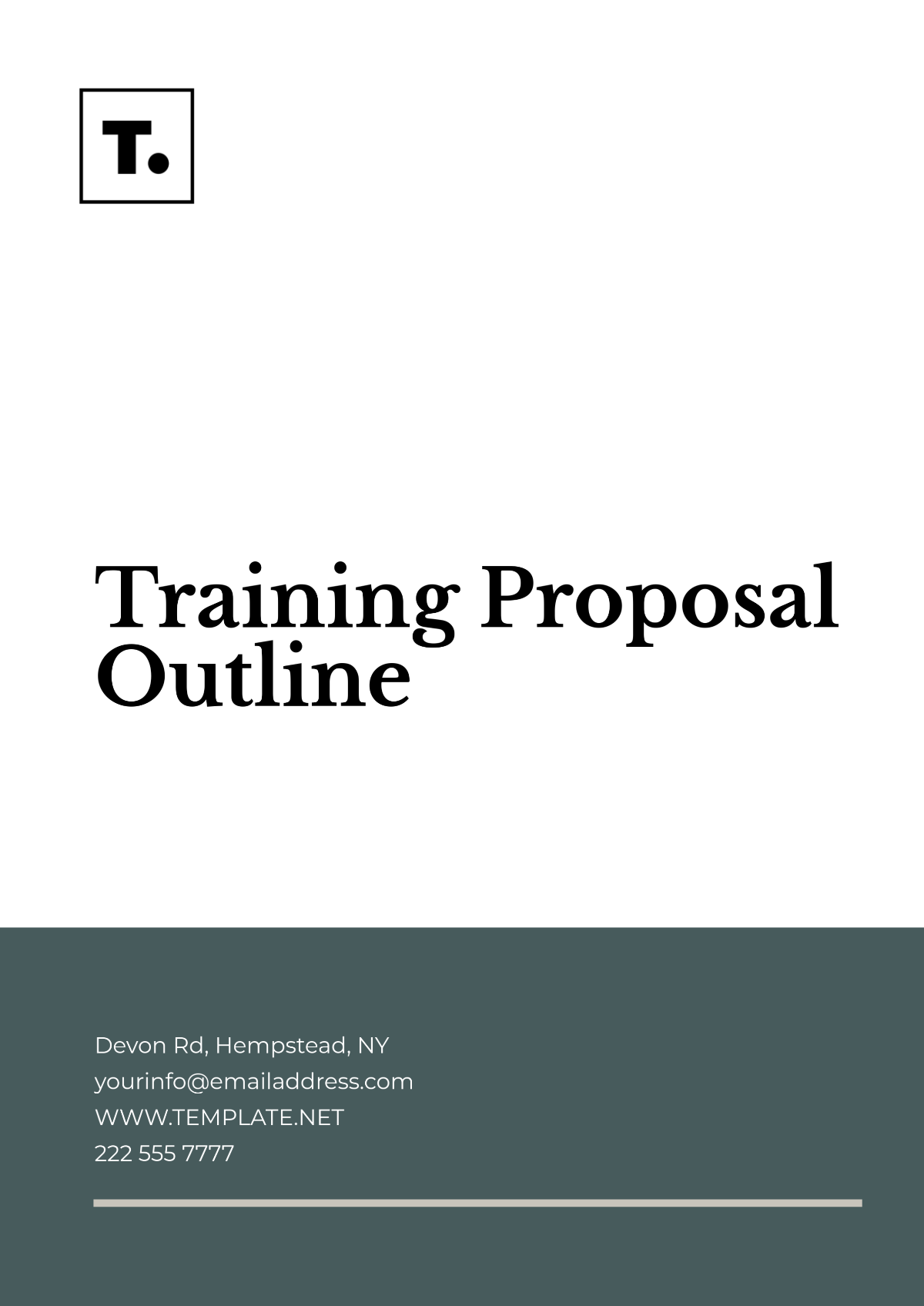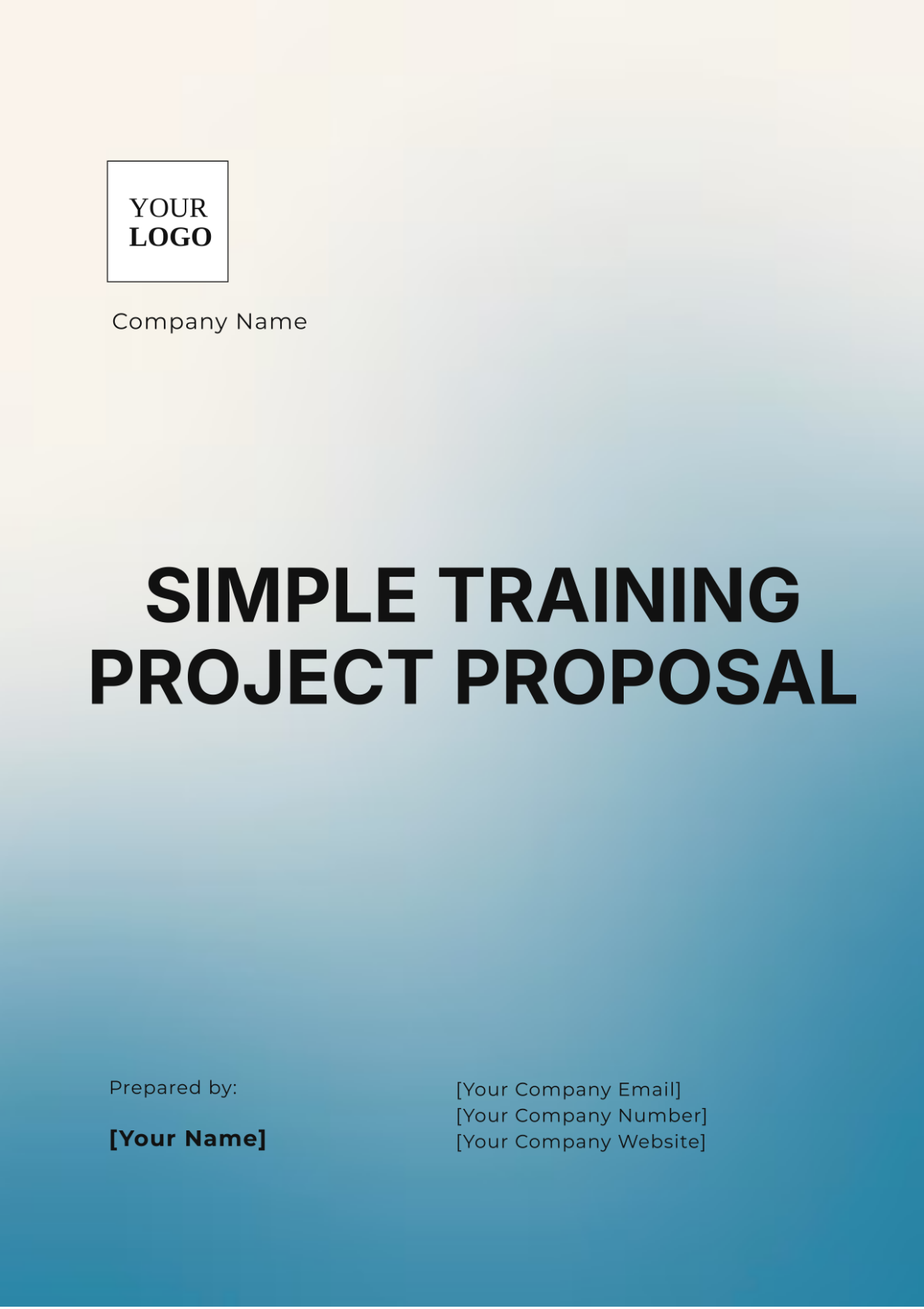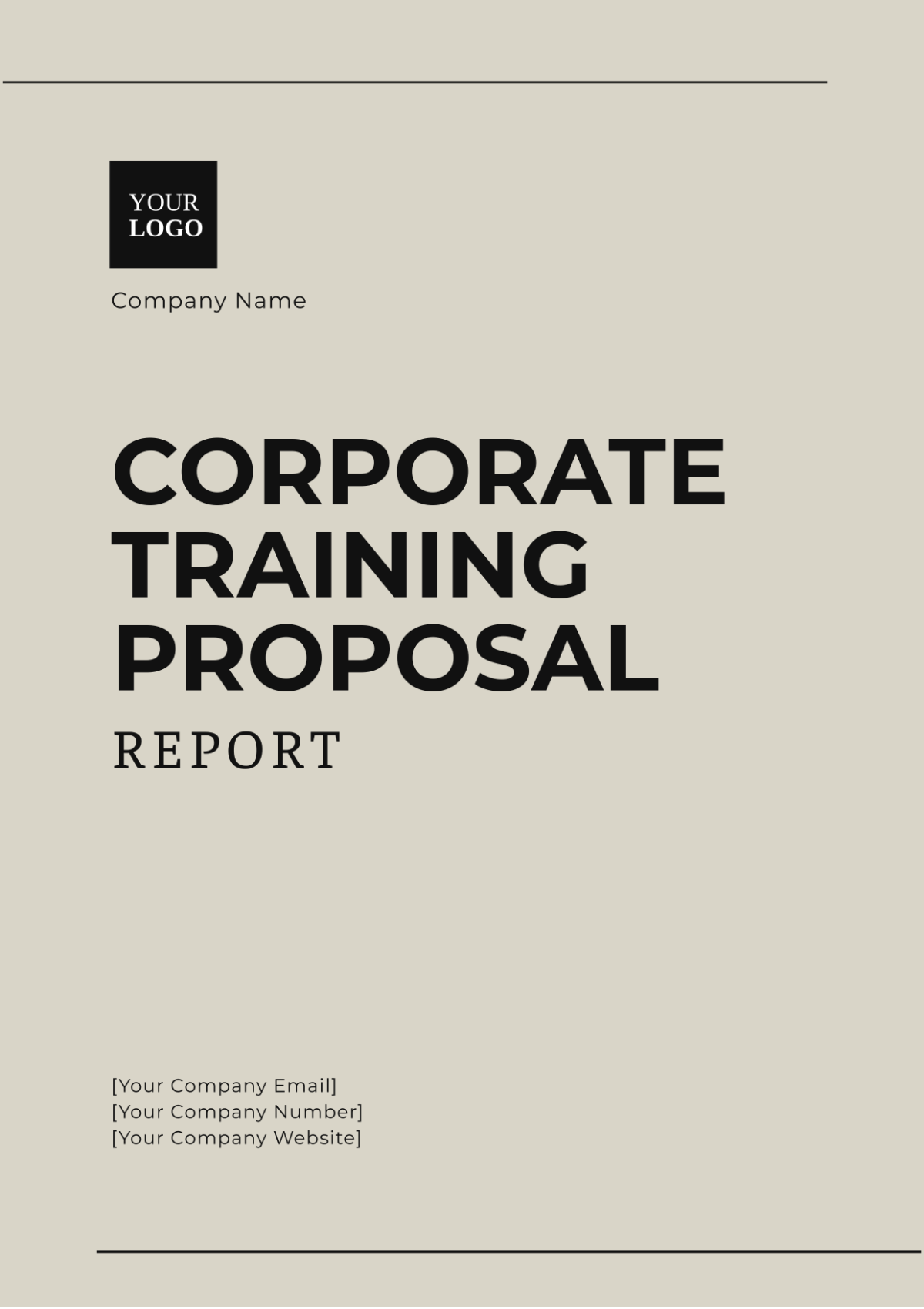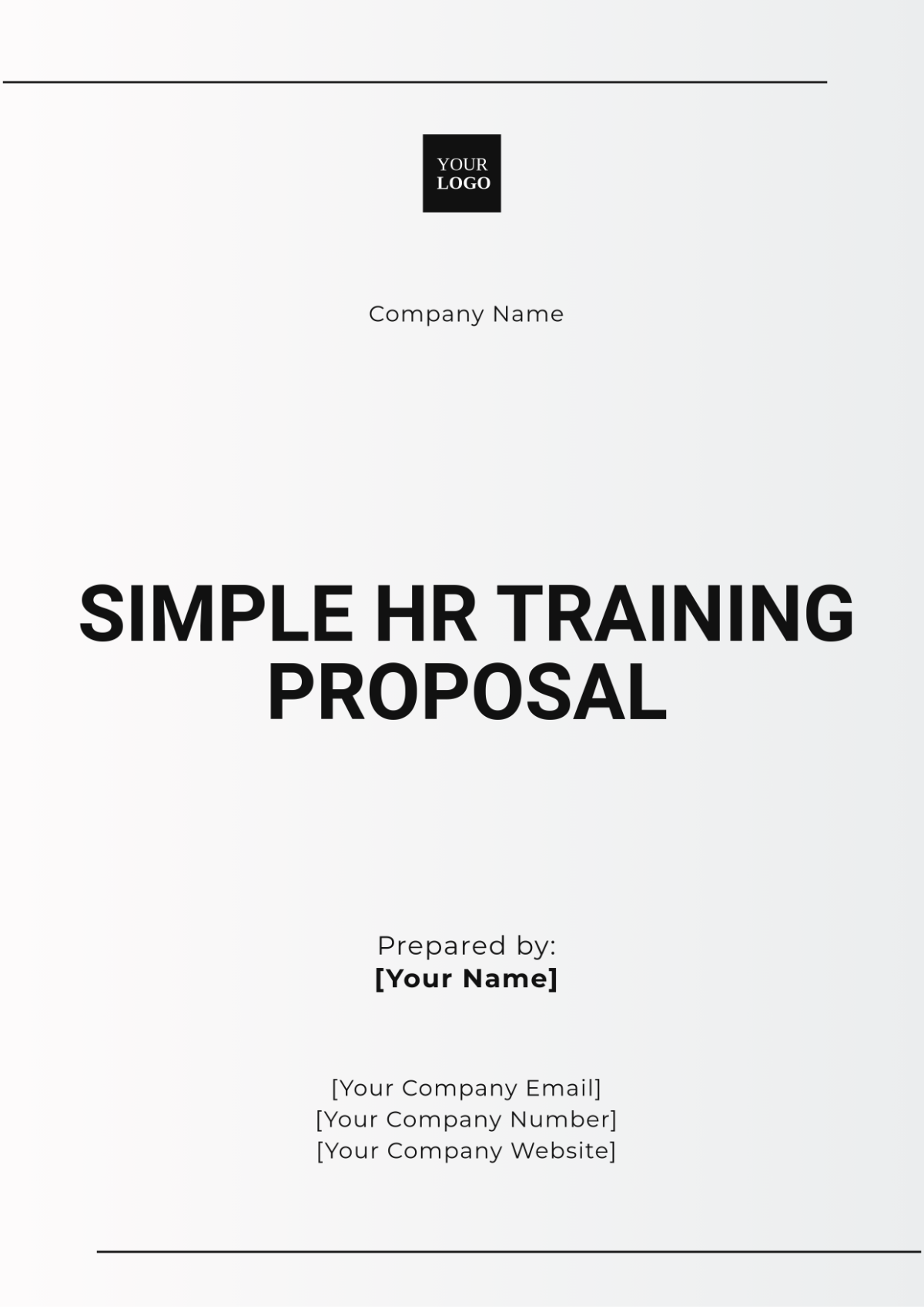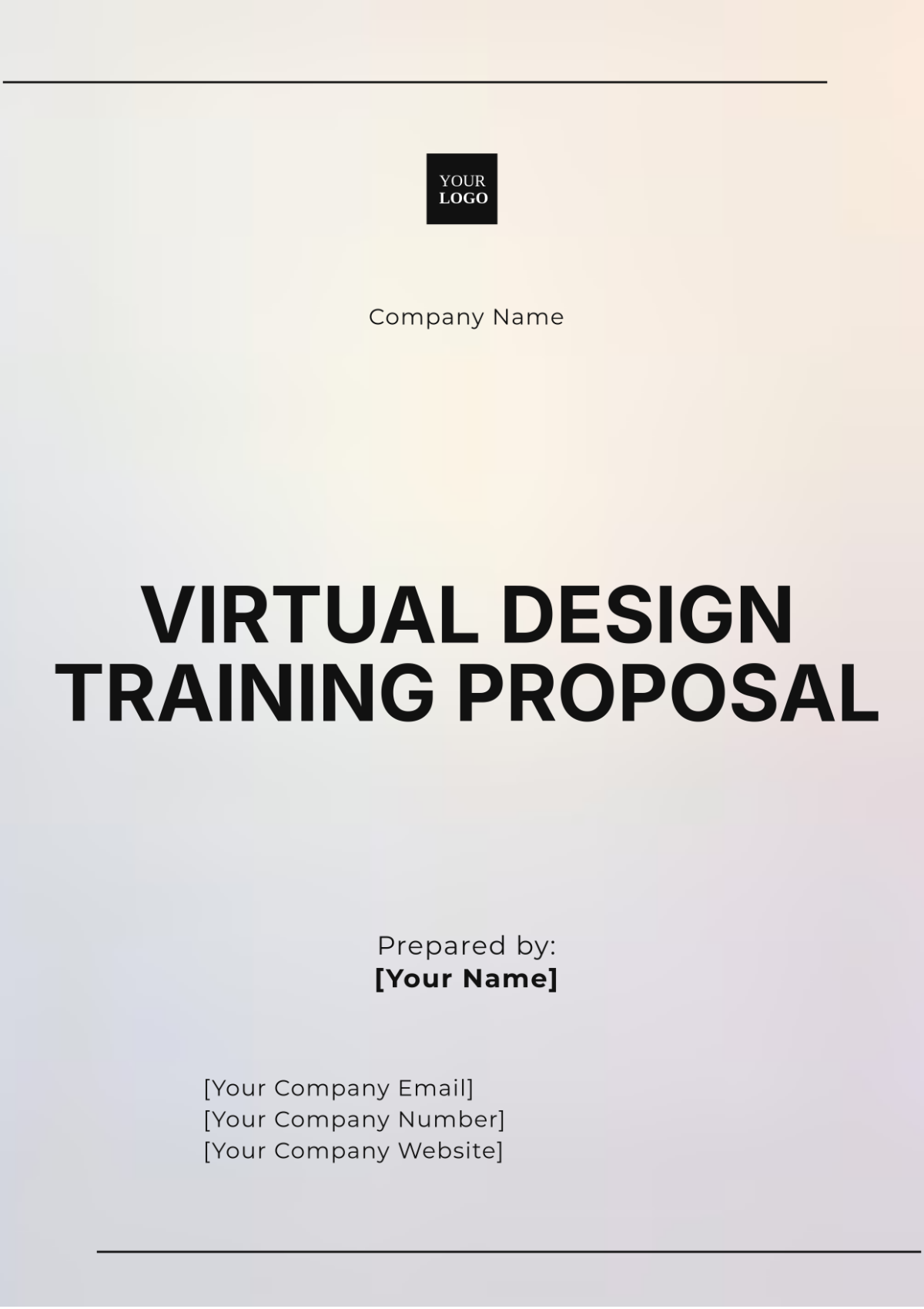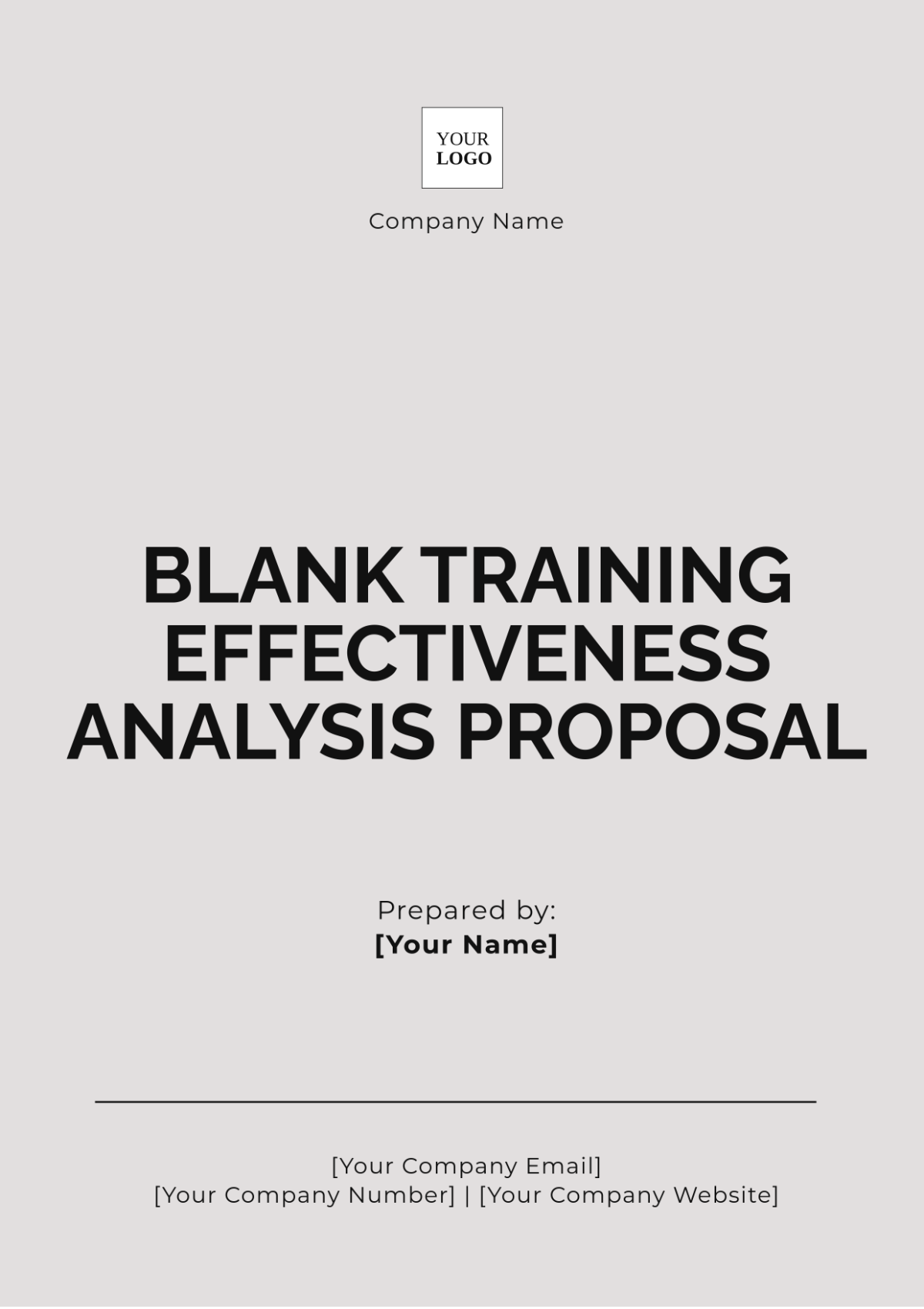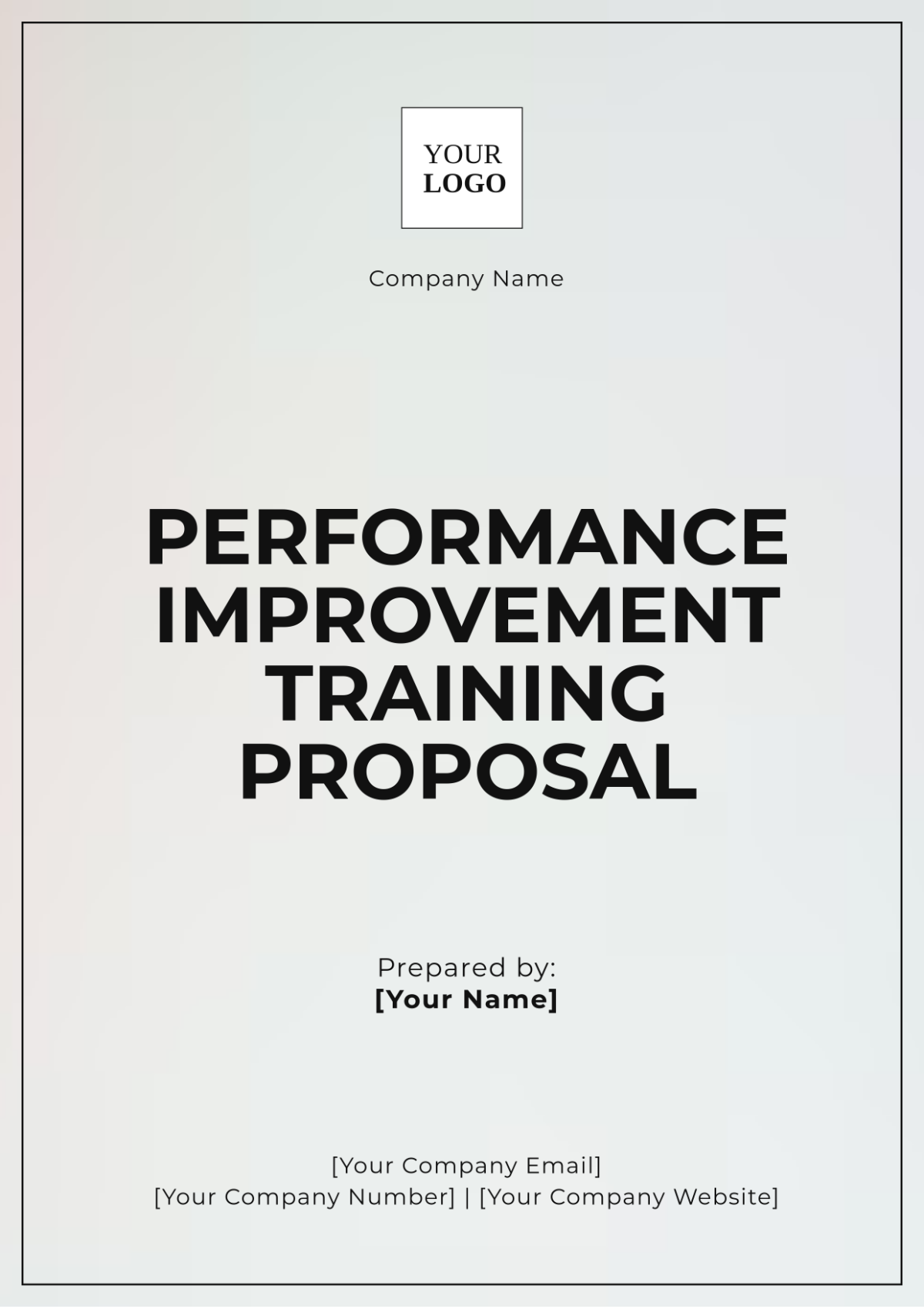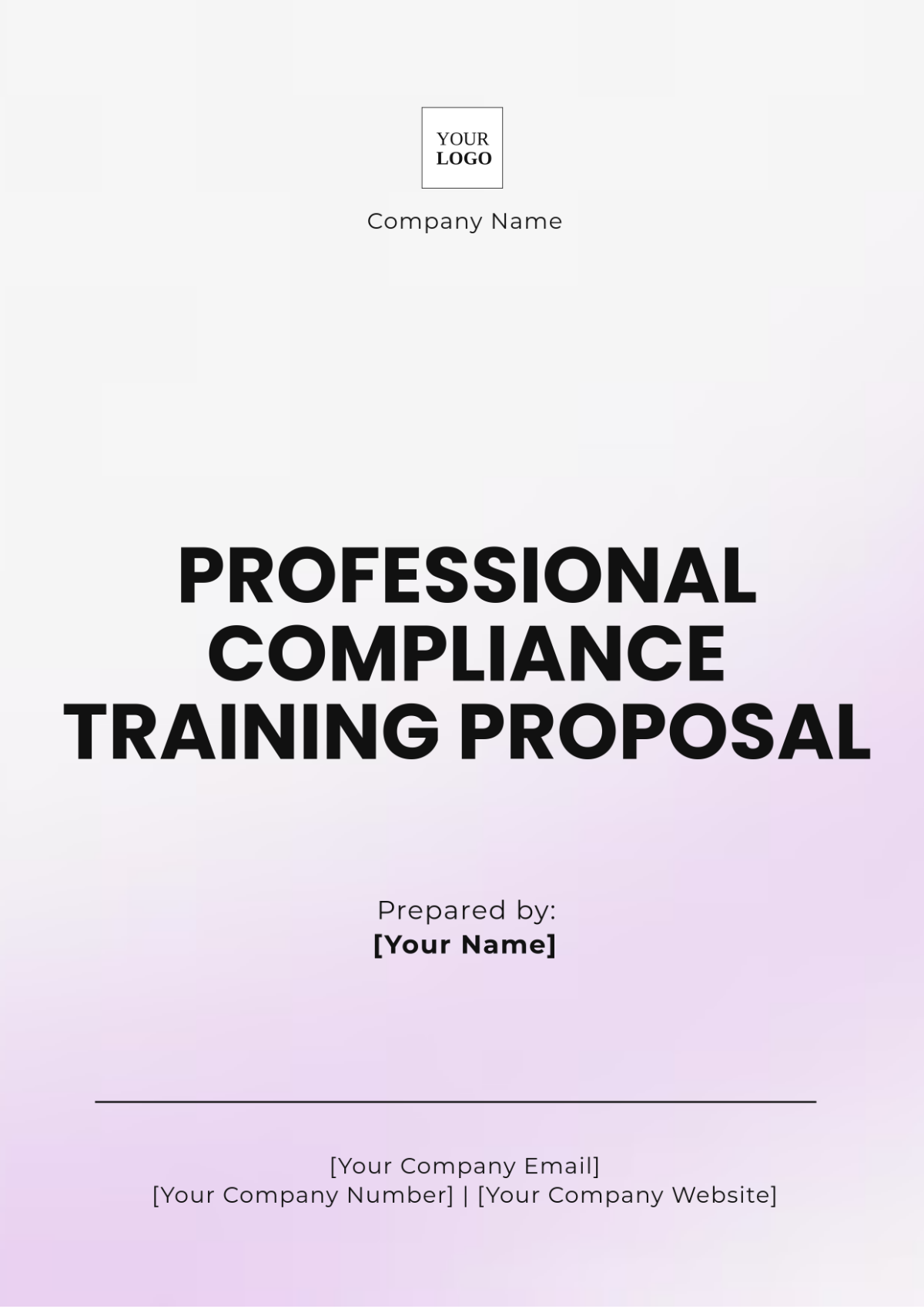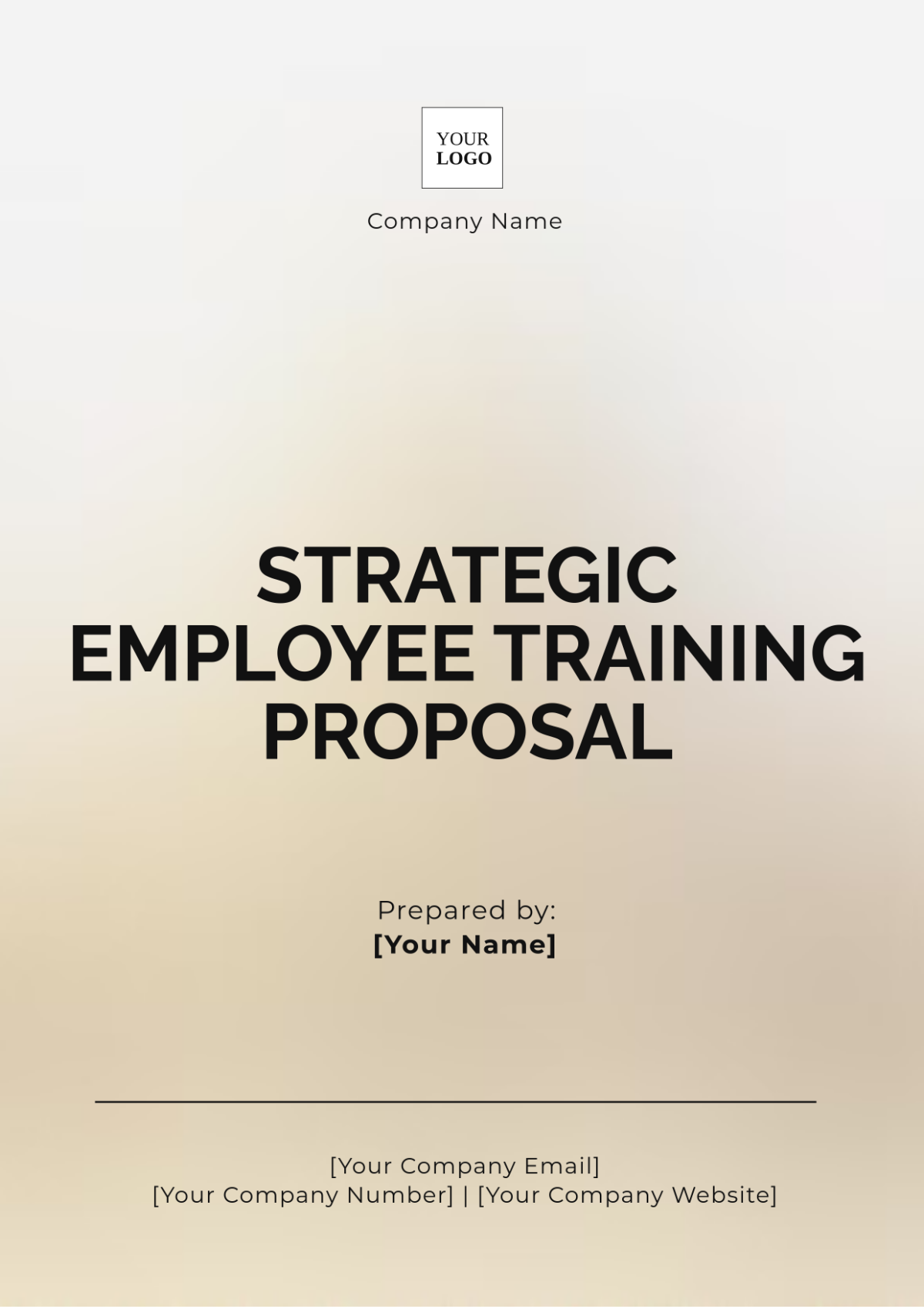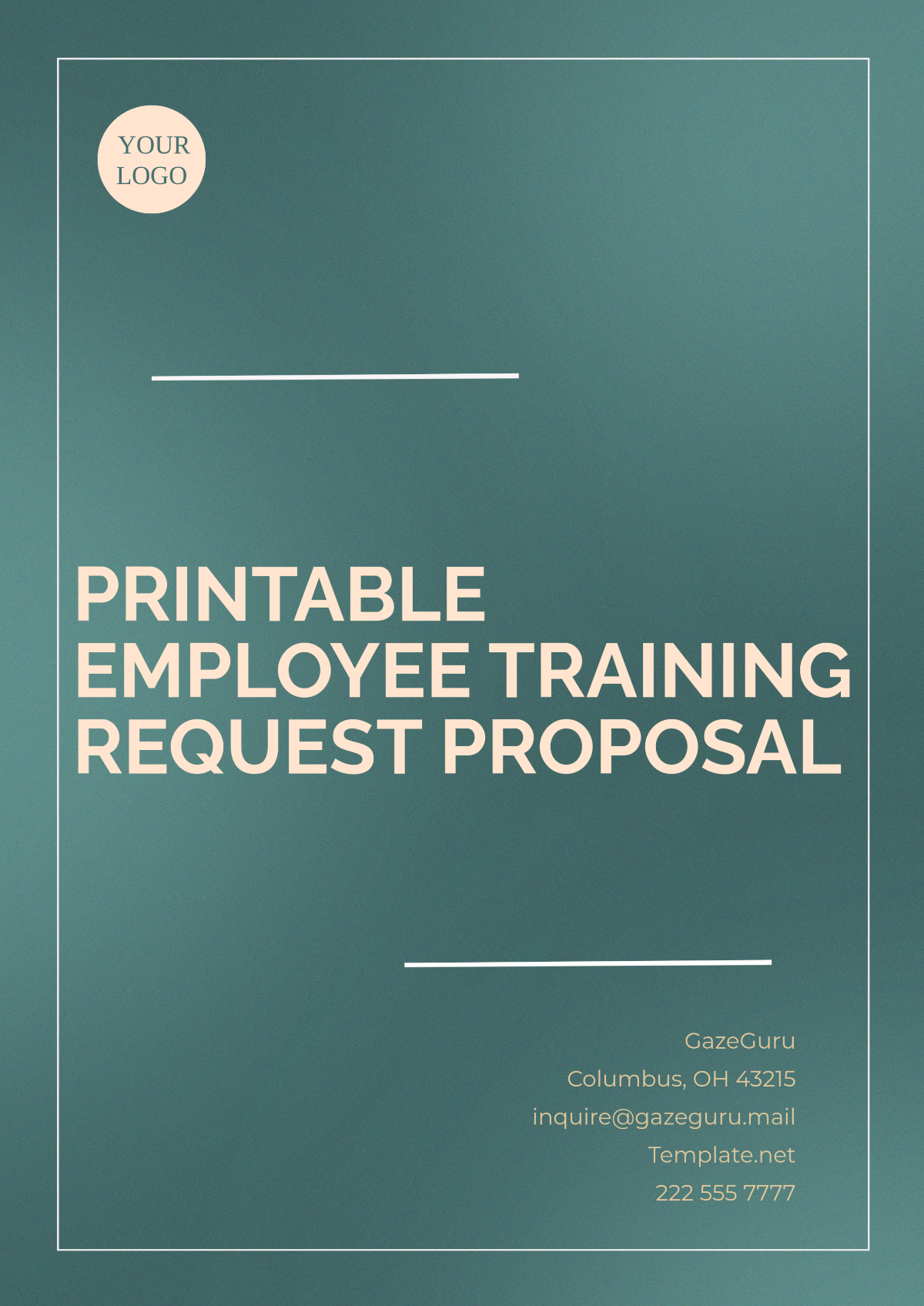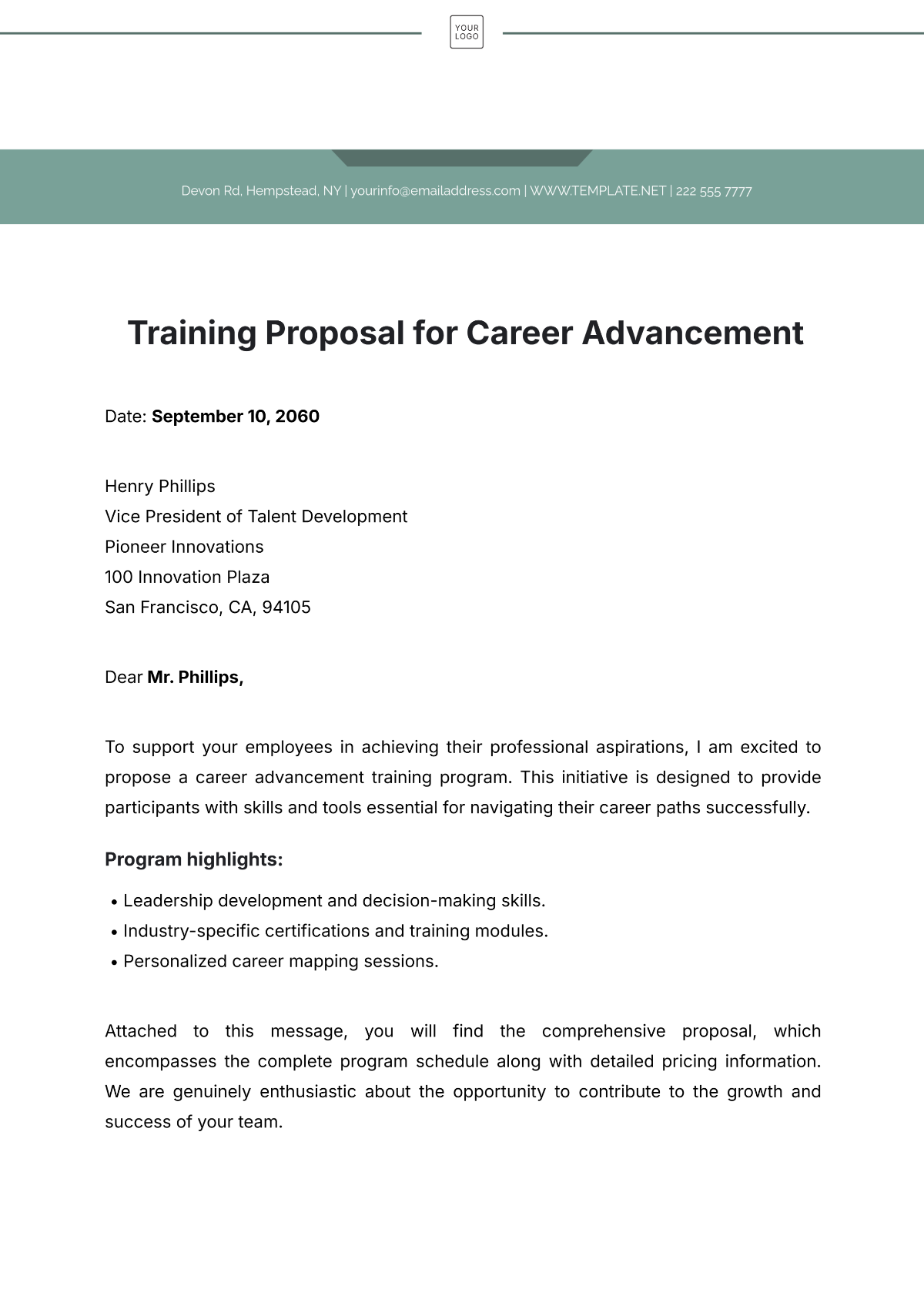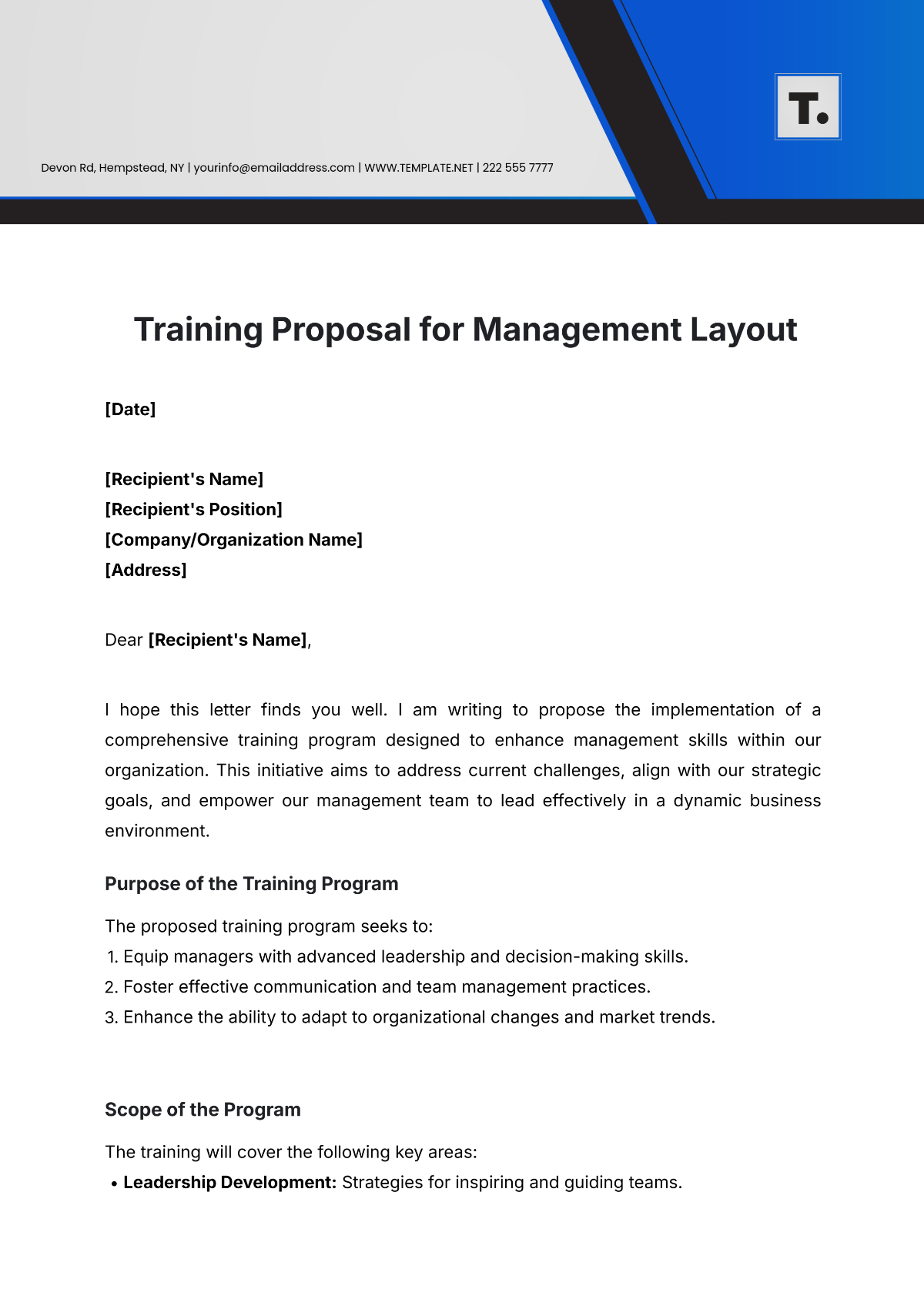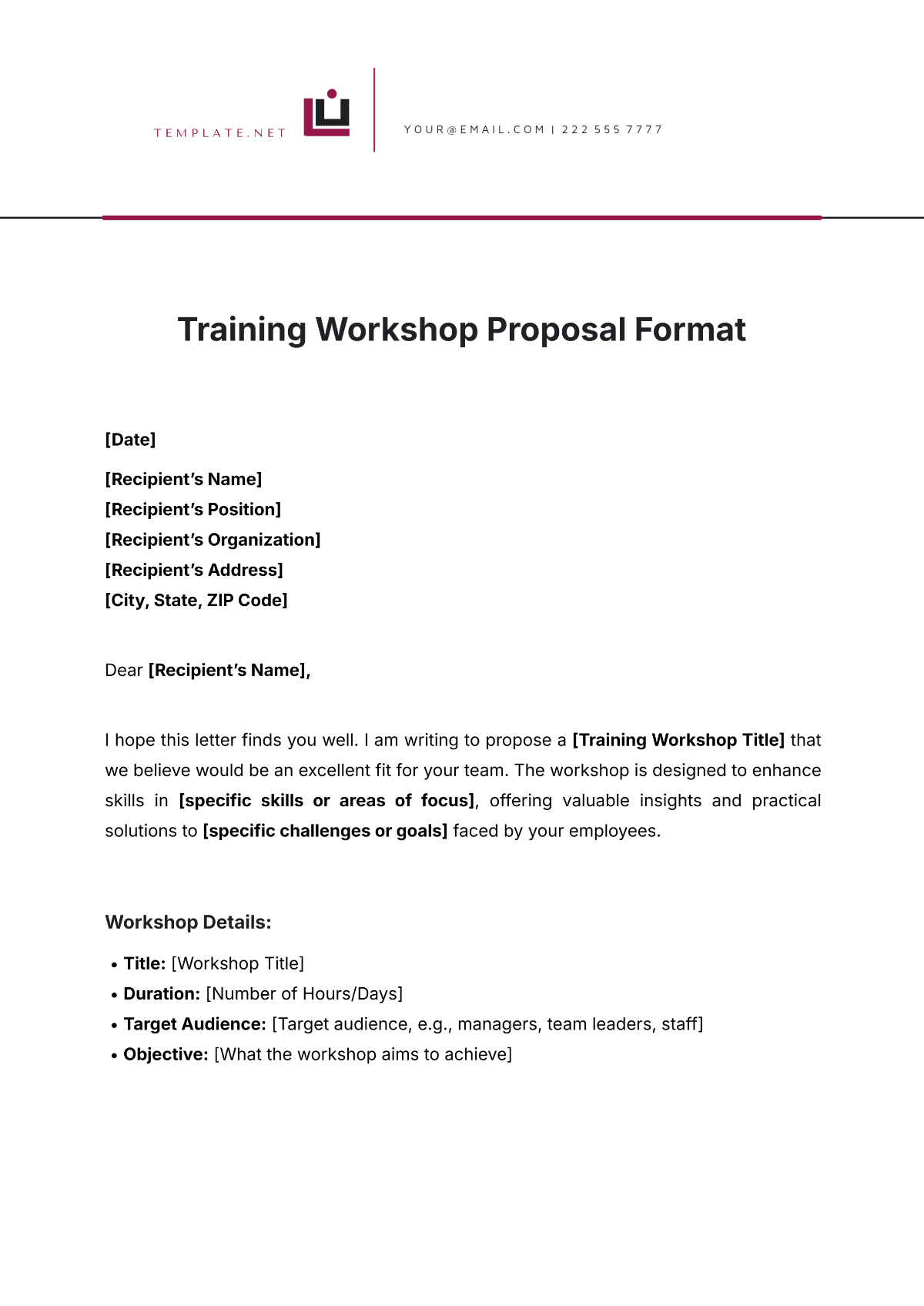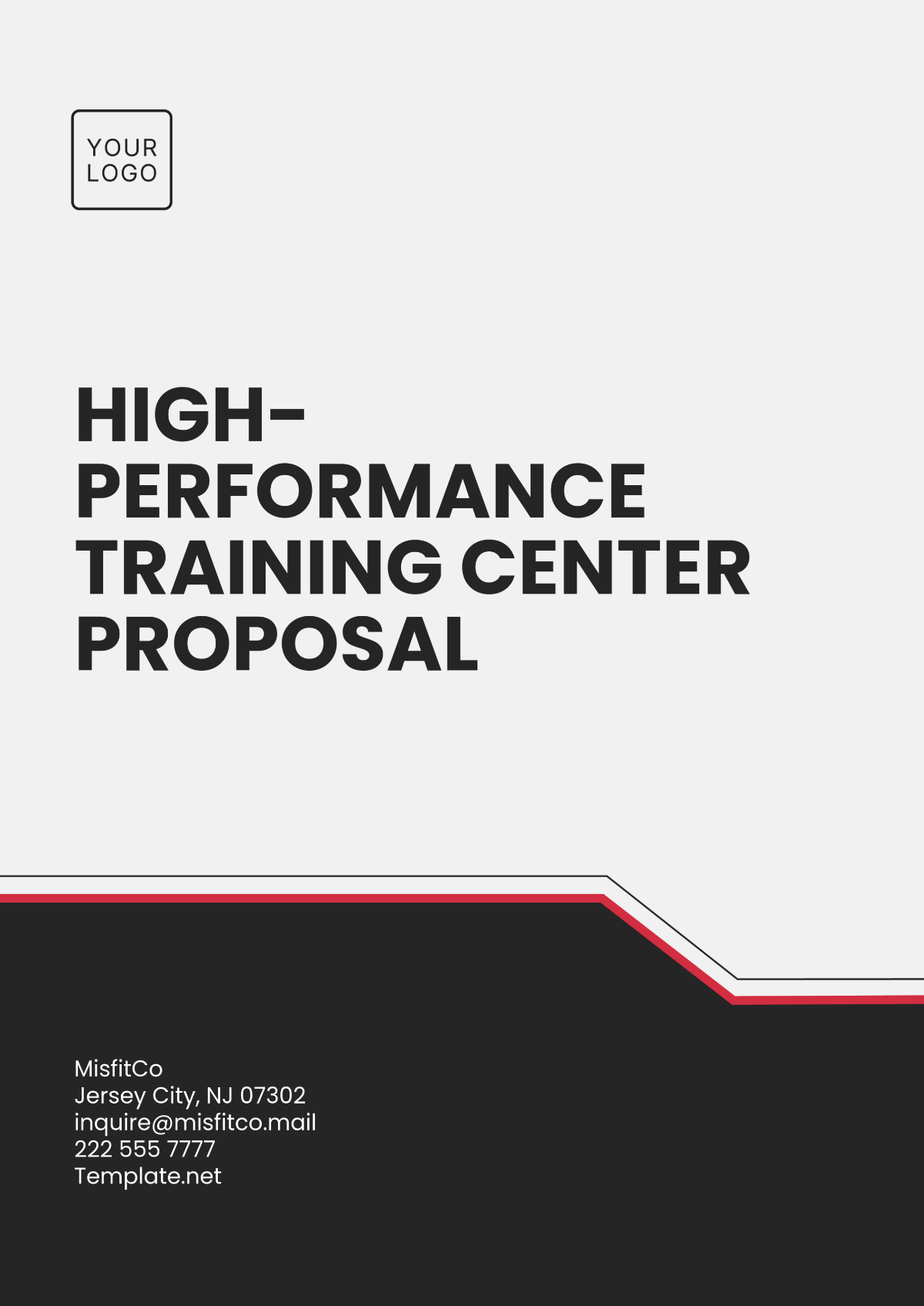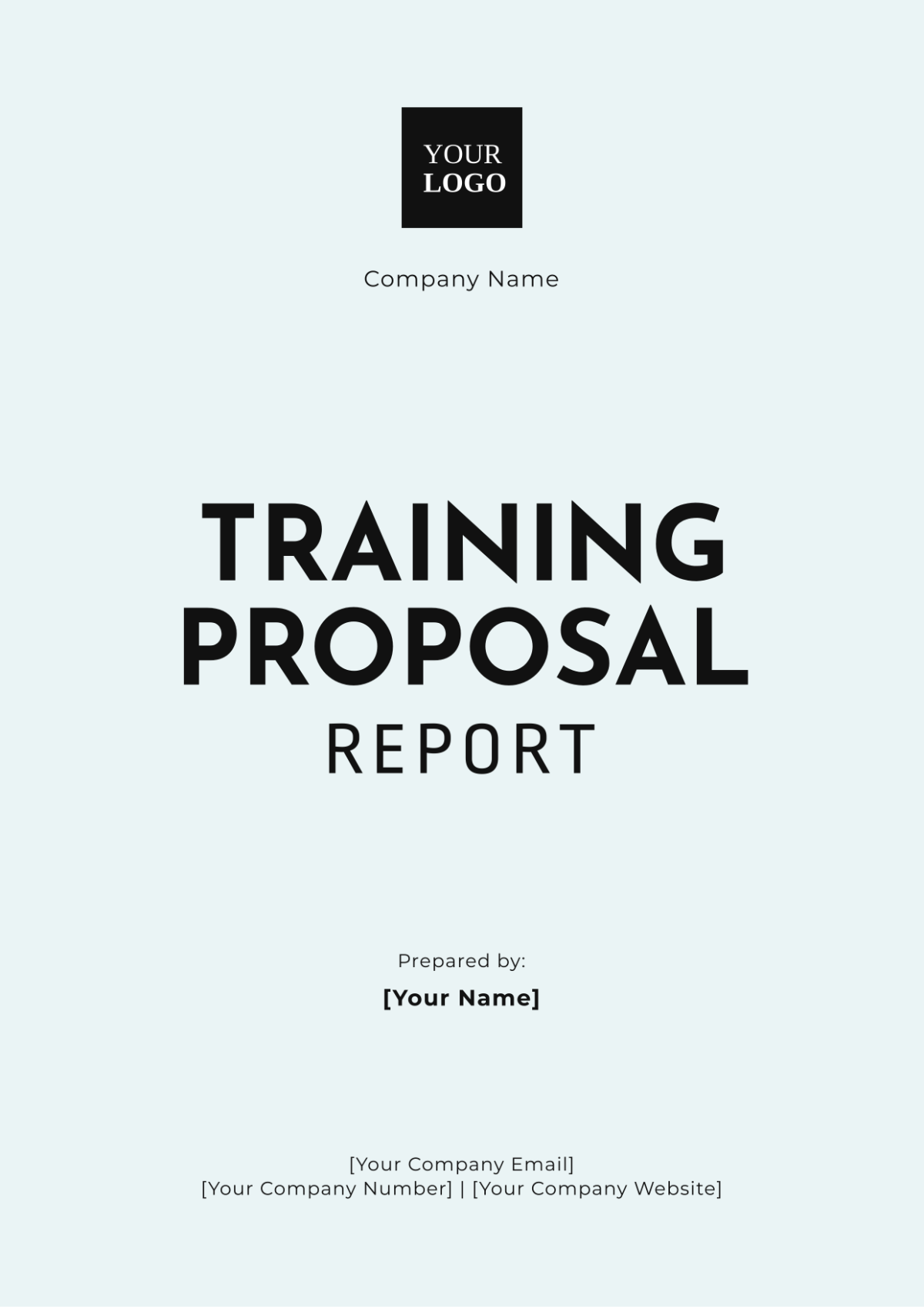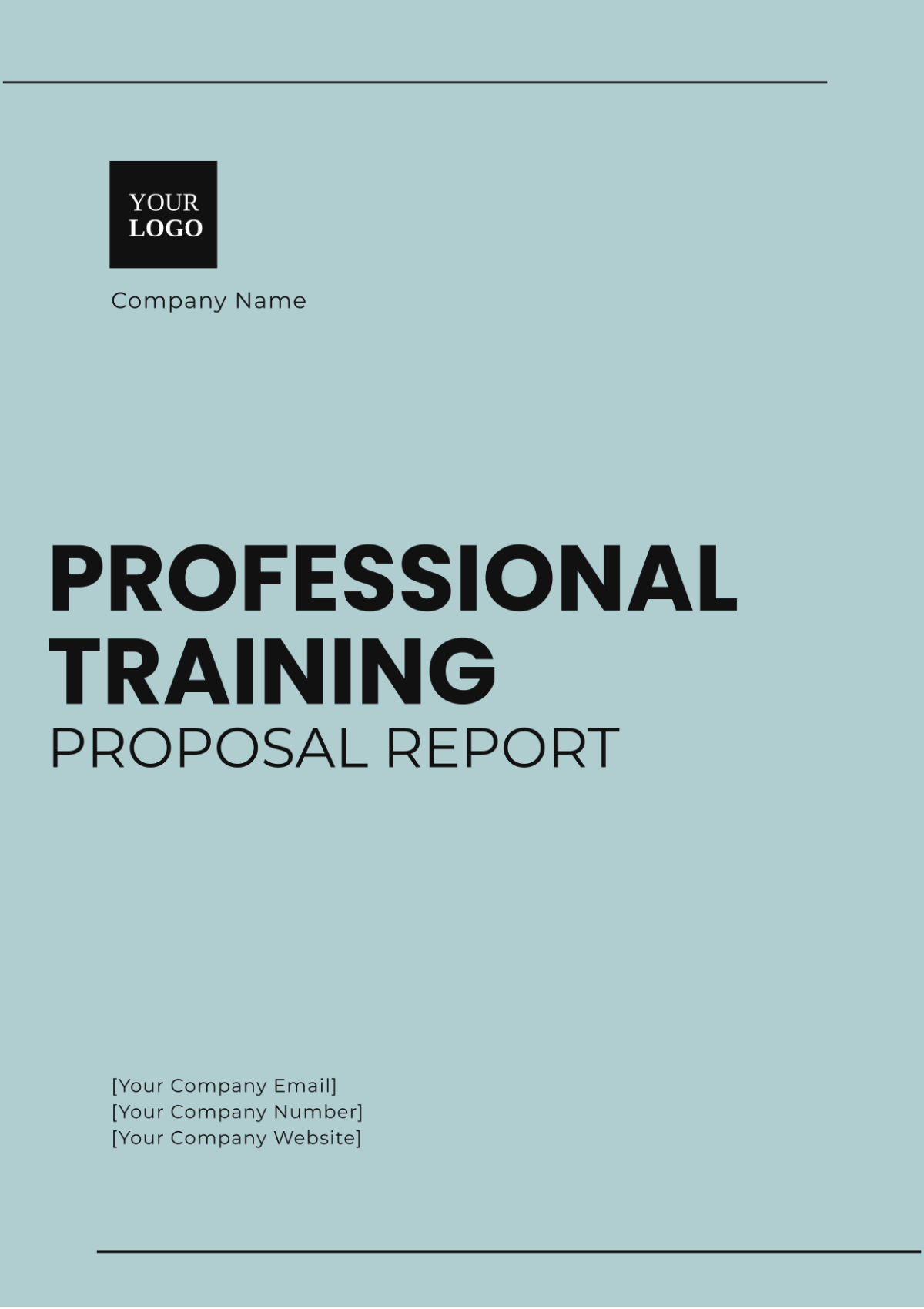Blank Training Effectiveness Analysis Proposal
Prepared by: [Your Name]
Company: [Your Company Name]
Date: [Date]
I. Introduction
This Blank Training Effectiveness Analysis Proposal outlines a strategic plan to evaluate the impact of our organizational training program. The primary aim of this proposal is to assess how well the training programs meet their designed objectives and contribute to achieving our organizational goals. This analysis will provide actionable insights into possible improvements and adjustments needed to enhance training effectiveness, aligning with our long-term strategic vision of fostering a culture of continuous learning and excellence.
II. Background Information
A. Current Training Programs
Our organization currently offers a diverse range of training programs aimed at enhancing skills, knowledge, and performance across various departments. These programs include:
In-house Workshops: Tailored sessions focusing on specific skills relevant to the department’s needs.
External Seminars: Opportunities for employees to learn from industry experts and network with peers.
E-learning Courses: Flexible, online modules that allow employees to learn at their own pace.
On-the-job Training Sessions: Practical training to ensure immediate application of skills in real work scenarios.
B. Objectives
The primary objectives of the current training programs are:
Boost Employee Performance: Equip employees with the necessary skills to enhance productivity and efficiency.
Enhance Job Satisfaction: Foster a sense of personal and professional growth, leading to higher employee morale.
Contribute to Organizational Growth: Align training with strategic goals, ensuring our workforce is prepared for future challenges.
These objectives align with our mission to be an industry leader, ensuring we have a highly skilled and adaptable workforce capable of meeting evolving market demands.
III. Analysis Methodology
A. Qualitative Analysis
We will conduct interviews and focus groups with training participants to gain insights into their learning experiences. This qualitative approach will help us:
Understand Participant Satisfaction: Identify strengths and weaknesses in current training offerings.
Uncover Areas for Improvement: Gather suggestions directly from participants on enhancing program content and delivery methods.
B. Quantitative Analysis
We will employ surveys and assessments to gather quantitative data on trainee performance pre-and post-training. This data will include:
Performance Metrics: Specific measures such as sales figures, project completion rates, and error rates.
Statistical Analysis: Applying statistical methods to determine the significance of changes in performance attributable to training.
C. Comparative Analysis
A comparative analysis will be performed against industry benchmarks to determine the relative effectiveness of our training programs. This will help us:
Identify Industry Standards: Understand where we stand about our competitors.
Highlight Areas for Improvement: Focus on specific training areas needing enhancement to meet or exceed industry expectations.
IV. Metrics and Criteria
A. Key Performance Indicators (KPIs)
To effectively measure the success of our training programs, we will monitor the following Key Performance Indicators (KPIs):
Employee Productivity Rates: Measure changes in output per employee before and after training.
Customer Satisfaction Scores: Analyze customer feedback and satisfaction levels linked to employee performance.
Retention Rates: Track employee retention as a measure of job satisfaction and engagement.
Time to Competency: Assess the time taken for new employees to reach full productivity levels post-training.
B. Evaluation Criteria
The evaluation will focus on criteria such as:
Knowledge Retention: Evaluate how well employees remember and apply what they learned.
Application of Skills: Measure the extent to which new skills are integrated into daily tasks.
Behavioral Changes: Assess any observable changes in employee behavior and interaction.
Overall Impact on Job Performance: Determine the training's influence on key job performance metrics.
Each criterion will be measured against specific metrics to ensure a comprehensive assessment, ensuring that all aspects of training effectiveness are captured.
V. Timeline
The project will span 6 months, with specific phases outlined below:
Phase | Duration | Activities |
|---|---|---|
Phase 1 | Month 1 | Initial Data Collection & Preliminary Analysis |
Phase 2 | Month 2-3 | Execute Qualitative and Quantitative Analysis |
Phase 3 | Month 4 | Perform Comparative Analysis and Benchmarking |
Phase 4 | Month 5 | Data Synthesis and Report Drafting |
Phase 5 | Month 6 | Final Report and Recommendations |
Detailed Timeline Breakdown:
Phase 1 (Month 1): Collect baseline data and conduct preliminary analysis on existing training programs to identify initial gaps and strengths.
Phase 2 (Month 2-3): Execute qualitative and quantitative analysis methods concurrently, ensuring robust data collection for comprehensive insights.
Phase 3 (Month 4): Perform benchmarking against identified industry standards to ascertain our program's effectiveness.
Phase 4 (Month 5): Synthesize data collected to draft the preliminary report, highlighting key findings and areas needing attention.
Phase 5 (Month 6): Finalize the report with detailed recommendations for program enhancements based on data analysis results.
VI. Budget
The estimated budget for this analysis project is detailed below:
Item | Cost |
|---|---|
Research Personnel | $20,000 |
Data Collection Tools | $5,000 |
Travel Expenses | $3,000 |
Consultant Fees | $10,000 |
Miscellaneous | $2,000 |
Total | $40,000 |
Budget Justification:
Research Personnel: Covers salaries for staff conducting the analysis, ensuring the involvement of skilled professionals.
Data Collection Tools: Investment in tools and software necessary for effective data gathering and analysis.
Travel Expenses: Necessary for on-site training observations and participant interviews, enhancing the quality of qualitative data.
Consultant Fees: Engaging industry experts to provide insights and validate findings enhances the credibility of our analysis.
Miscellaneous: Allocated for unexpected costs that may arise during the project.
VII. Conclusion
This proposal outlines a comprehensive plan for evaluating the effectiveness of our training programs. By employing both qualitative and quantitative methods, alongside measurable KPIs, the analysis will provide detailed insights into program success and identify areas for improvement.
The findings from this analysis will empower our organization to enhance training strategies, ensuring they better support our objectives and maintain a competitive workforce. By investing in the continuous evaluation of our training programs, we reaffirm our commitment to fostering a highly skilled, adaptable, and satisfied workforce, capable of meeting the challenges of our industry.
